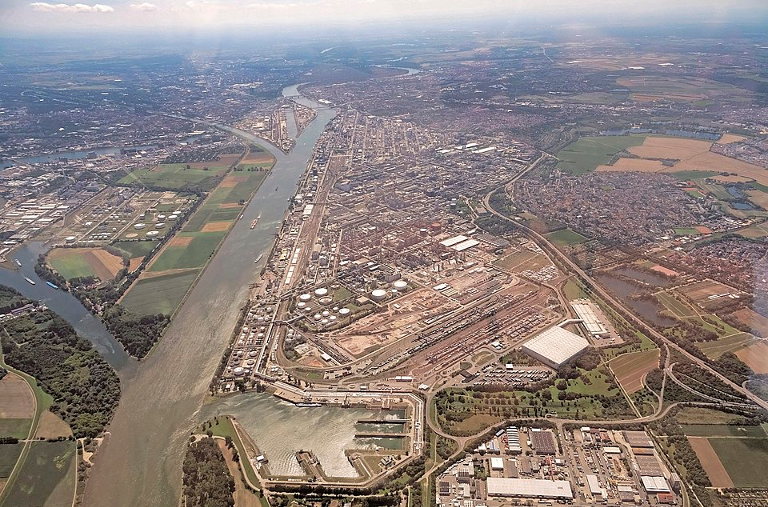When Russian natural gas supplies to Europe dropped dramatically in the wake of the Ukraine-Russia conflict, Europeans and their governments wondered how they could remain warm through the coming winter. After all, Russian natural gas constituted 40 percent of the European Union’s total supply. The only near-term solutions were to cut natural gas consumption and import more liquefied natural gas (LNG). But with a limited ability to accept LNG, cuts in consumption seemed inevitable.
While some industrial facilities temporarily closed due to high gas prices and some companies said they were relocating gas-intensive production outside Europe, much of the reduction in natural gas consumption was due to the mild winter weather and the reduction in use by households. (Some of reduction was due to fuel switching as electric utilities substituted coal for natural gas though the numbers have yet to be compiled.) As a result, prices of natural gas in Europe (using Dutch TTF Gas Futures as a proxy) fell by 80 percent from the end of September until now. Europe avoided the worst.
Last year Europe as a whole decreased its natural gas consumption by 13 percent, a hefty decline. Its use over the recent winter declined by 19 percent from the 5-year average.
There are certainly challenges ahead. The price of natural gas remains elevated, at over €40 per megawatt-hour. Two years ago the price stood just under €19 and in the decade prior to the outbreak of the pandemic never traded above €29.
What the Europeans have shown is that it is possible in very short timespans to cut energy consumption dramatically without creating catastrophic conditions. There were certainly hardships for those with lower incomes, but European society did not come to a halt. That suggests there was still a lot of energy being wasted before the reductions and that intelligent planning might cut a lot more.
All of this is doubly meaningful to Americans because residents of the European Union use HALF as much energy per capita as Americans and yet still found room to cut. That implies that there is considerable energy waste in the United States that might be avoided without sacrificing everyday comforts if we only had the will to do something about it.
Right now Americans are enjoying exceptionally low natural gas prices—prices comparable to those in the 1990s. Mild weather has also been a factor weighing down prices in the United States this winter.
But that gives Americans little incentive to end their wasteful ways. And with Europe now seemingly past the catastrophe that never happened, will Europeans cease to press forward with measures to further lower their energy use? Can they really count on mild winters to help solve their energy supply problem next year and the year after that?
Teaser photo credit: The German chemical company BASF was forced to cut production. By Rolf Kickuth – Own work, CC BY-SA 4.0, https://commons.wikimedia.org/w/index.php?curid=98064920






